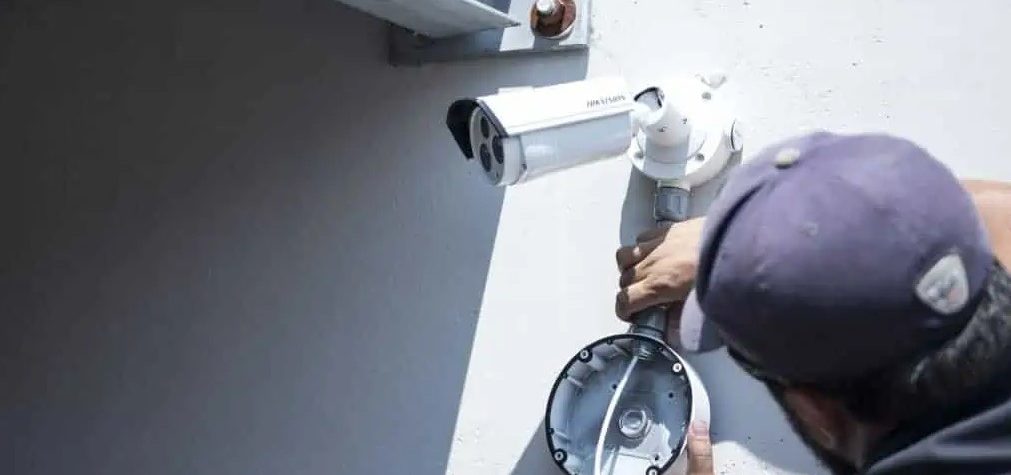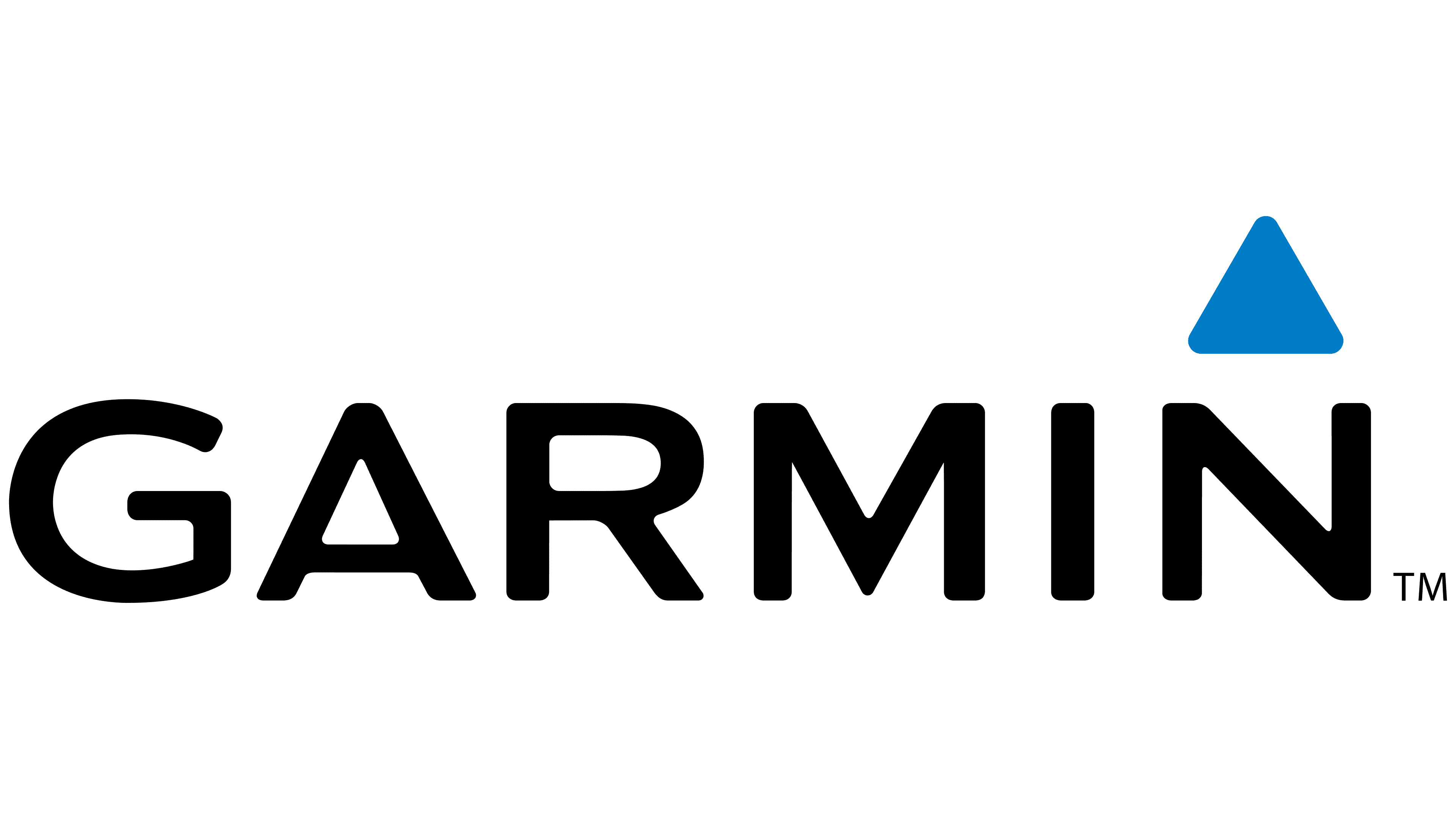In today’s fast-paced world, security has become a primary concern for homeowners. Setting up a security camera at home is a proactive step to protect your loved ones and property. In this article, we will provide you with a step-by-step guide on how to set up a security camera at home. Whether you’re a tech enthusiast or a beginner, we’ve got you covered.
To gain valuable insights into the comparison between Arlo Pro 4 and Pro 5, visit https://myintelligenthouse.com/arlo-pro-4-vs-pro-5/ now.
Understanding the Importance of Home Security
Home security is about more than just protecting your possessions; it’s about safeguarding your peace of mind. Before you dive into setting up a security camera, understand why it matters. Knowing the purpose will help you make informed decisions.
Choosing the Right Security Camera
When it comes to selecting the ideal security camera for your home, you’ll encounter a multitude of options, each tailored to specific needs. You must consider factors such as camera type (wired or wireless), indoor or outdoor use, and resolution.
Firstly, decide between wired cameras, which offer stable power and connectivity, or wireless cameras for flexibility and ease of installation. Then, consider whether the camera will be used indoors or outdoors, as outdoor cameras require weatherproofing. Resolution plays a significant role, as higher resolutions provide sharper images but require more storage space.
By carefully evaluating these factors, you can pinpoint the security camera that perfectly aligns with your unique requirements, ensuring your home is safeguarded effectively.
Selecting the Ideal Camera Location
Certainly, let’s delve deeper into the critical aspect of “Selecting the Ideal Camera Location.” The placement of your security cameras is a strategic decision that greatly influences their effectiveness. To determine the ideal locations, start by identifying vulnerable areas around your property, such as entry points, windows, and blind spots.
Consider the camera’s field of view and ensure it covers these crucial areas. Outdoor cameras should be weatherproofed and strategically positioned to capture clear footage even in adverse weather conditions. For indoor cameras, choose locations that provide comprehensive coverage of the room without obstructing their view.
Additionally, think about the angle and height at which the camera should be installed. Mounting cameras at eye level can deter potential intruders and provide a clearer view of faces. By meticulously planning the camera placement, you can maximize your home’s security coverage and gain peace of mind.
Power Source Options
When setting up your security camera system, it’s crucial to decide on the power source that best suits your needs. You have the choice between wired and wireless options.
Wired cameras are powered via a direct electrical connection, ensuring a continuous power supply. This option is reliable but may require professional installation.
On the other hand, wireless cameras often use rechargeable batteries or solar panels. They offer flexibility in placement but necessitate periodic battery recharging or solar exposure.
Choosing the right power source depends on your preferences for installation convenience and reliability, making it a pivotal decision in your security camera setup.
Wiring and Connectivity
Wiring and connectivity are fundamental aspects of setting up your security camera system. When opting for wired cameras, you’ll need to carefully route and conceal cables to maintain aesthetics and prevent tampering. Wireless cameras, in contrast, rely on stable Wi-Fi connections or cellular networks for data transmission, offering flexibility in placement but necessitating a strong and secure connection for optimal performance. Careful consideration of your wiring and connectivity choices ensures reliable and uninterrupted monitoring.
Setting Up Monitoring Devices
Once your security cameras are in place, the next step is configuring monitoring devices for access to live feeds. This can include computers, smartphones, or dedicated monitors. Install the necessary apps or software, connect to the camera system, and create user accounts for secure access. Ensure that all devices are synchronized to receive real-time alerts and footage, providing you with convenient and immediate access to your home’s security status.
Configuring the Camera
Configuring your security camera involves fine-tuning its settings to meet your specific needs. This includes adjusting resolution settings for image clarity, configuring motion detection sensitivity, enabling night vision, and setting up alerts. We’ll guide you step by step through these configurations to ensure your camera operates optimally and effectively safeguards your home, day and night.
Testing Your Security System
After setting up your security cameras, it’s critical to perform thorough testing. This includes checking camera angles, motion detection, night vision, and ensuring proper connectivity to monitoring devices. We’ll provide a comprehensive checklist to help you confirm that your system is functioning correctly. Regular testing ensures that your security system is prepared to deliver reliable protection when you need it most, offering you peace of mind.
Maintaining Your Security Camera
Proper maintenance is key to ensuring the longevity and reliability of your security camera system. We’ll cover essential tasks such as regular cleaning, firmware updates, and checking for physical damage. By following a maintenance routine, you can keep your cameras in optimal working condition, ensuring they continue to provide the security and peace of mind you rely on for your home.
Privacy and Legal Considerations
When setting up security cameras, it’s crucial to respect privacy laws and consider ethical implications. We will discuss topics such as ensuring cameras only capture your property, informing visitors about surveillance, and complying with local regulations. Understanding these aspects is essential to maintain the ethical and legal use of your security camera system while safeguarding your home effectively.
Remote Monitoring
Remote monitoring allows you to access your security camera feeds from anywhere using internet-connected devices like smartphones or computers. This invaluable feature ensures you can check on your home’s security even when you’re away. We’ll guide you through the setup process, including app installation and account creation, to enable seamless remote access, providing you with peace of mind and real-time awareness of your property’s safety.
Integration with Other Smart Devices
Integrating your security cameras with smart devices can enhance your home’s overall automation and security. This involves connecting your cameras to platforms like smart speakers, lights, or locks. Through these integrations, you can create custom automation routines, such as having your lights turn on when motion is detected. It’s a powerful way to make your security system work seamlessly with your smart home, increasing convenience and safety.
Troubleshooting
When setting up security cameras, it’s essential to anticipate and address potential issues. Troubleshooting involves identifying and resolving common problems such as connectivity issues, camera malfunctions, or software glitches. We’ll provide practical solutions and steps to tackle these challenges effectively, ensuring your security system operates smoothly and reliably, offering you the peace of mind you deserve.
Common Myths About Security Cameras
Separate fact from fiction by debunking common myths surrounding security cameras.
Dispelling these misconceptions is essential for making informed decisions.
Some myths include the belief that all security cameras are intrusive or that they can magically prevent all incidents. In reality, modern cameras respect privacy and are just one part of a comprehensive security plan. Debunking these myths helps you understand the true capabilities and limitations of security cameras, allowing you to use them effectively for safeguarding your home.
Conclusion
In conclusion, setting up a security camera at home is a significant step towards enhancing your home’s security. With the right knowledge and equipment, you can create a robust surveillance system that offers peace of mind. Remember that safety is an ongoing commitment, so regularly review and update your security measures.




Leave a reply